Heat Transfer Worksheet Middle School
Are you a middle school student in search of a comprehensive heat transfer worksheet? Look no further! In this blog post, we will introduce you to an engaging and educational worksheet designed to enhance your understanding of heat transfer concepts.
Table of Images 👆
More Other Worksheets
Kindergarten Worksheet My RoomSpanish Verb Worksheets
Cooking Vocabulary Worksheet
DNA Code Worksheet
Meiosis Worksheet Answer Key
Art Handouts and Worksheets
7 Elements of Art Worksheets
All Amendment Worksheet
Symmetry Art Worksheets
Daily Meal Planning Worksheet
What is heat transfer?
Heat transfer is the process by which thermal energy is exchanged between two objects or systems at different temperatures. This can occur through conduction (direct transfer through physical contact), convection (transfer through the movement of fluids or gases), or radiation (transfer through electromagnetic waves). Heat transfer is essential in various natural and artificial processes, allowing for the distribution of energy and the regulation of temperature in different environments.
What are the three methods of heat transfer?
The three methods of heat transfer are conduction, convection, and radiation. Conduction is when heat is transferred through direct contact of particles or materials. Convection is the transfer of heat through the movement of fluids such as liquids or gases. Radiation is the transfer of heat through electromagnetic waves that do not require a medium to travel through.
Describe conduction and give an example.
Conduction is the process by which heat is transferred through a material without physical movement of the material itself. This transfer occurs when adjacent atoms or molecules collide, transferring energy in the form of heat. An example of conduction is when you touch a metal spoon that has been placed in a hot dish - the heat from the hot food is transferred to the metal spoon, making the handle of the spoon hot to touch.
What is convection and provide an example.
Convection is the transfer of heat through the movement of a fluid (liquid or gas). A common example of convection is the heating of a room using a radiator. The air near the radiator is heated, becomes less dense, and rises while the cooler air is drawn in to replace it. This creates a continuous circulation of heated air, which warms up the room.
Explain radiation and give an example.
Radiation is the emission of energy in the form of waves or particles through space or a material medium. An example of radiation is sunlight, which emits electromagnetic waves that travel through space and provide heat and light to the Earth.
How does heat transfer occur in a pot of boiling water?
Heat transfer in a pot of boiling water occurs through convection. As the water at the bottom of the pot is heated, it becomes less dense and rises to the top, while the colder water at the top sinks to the bottom and gets heated in turn. This creates a continuous cycle of hot water rising and cold water sinking, allowing for efficient heat transfer throughout the entire pot. Additionally, heat transfer also happens through conduction, as the pot itself gets heated by direct contact with the hot water.
Describe how heat transfers through a metal spoon being held in a hot cup of tea.
Heat transfers through a metal spoon being held in a hot cup of tea primarily through conduction. As the spoon comes into contact with the hot tea, the molecules in the metal of the spoon begin to vibrate at a higher frequency, transferring thermal energy from the tea to the spoon. This process continues until the temperature of the spoon reaches equilibrium with the tea, with the heat spreading outwards from the point of contact to the rest of the spoon.
How does heat transfer happen in the atmosphere to create wind?
Heat transfer in the atmosphere to create wind occurs through the process of convection. When the sun heats the Earth's surface, air near the ground is also heated. This warm air rises, creating areas of lower pressure. Cooler, denser air then moves in to fill the void, resulting in a horizontal movement of air known as wind. This continuous cycle of heating and cooling creates different air pressures that drive the movement of air masses, ultimately leading to the formation of wind patterns in the atmosphere.
Explain why metal is a good conductor of heat.
Metals are good conductors of heat because of their crystalline structure that allows free movement of electrons. When heat energy is applied to a metal, these free electrons can move quickly through the material, transferring the thermal energy and causing the metal to heat up uniformly. This high mobility of electrons enables metals to efficiently conduct heat and explains why they are commonly used in applications where heat needs to be transferred or dissipated effectively.
Describe how heat transfer occurs in a microwave oven.
Heat transfer in a microwave oven occurs through radiation. The microwave generates electromagnetic waves at a specific frequency that penetrate the food and cause the molecules within it to vibrate rapidly, creating friction and generating heat. This heat is then transferred throughout the food, cooking it evenly and quickly.
Have something to share?
Who is Worksheeto?
At Worksheeto, we are committed to delivering an extensive and varied portfolio of superior quality worksheets, designed to address the educational demands of students, educators, and parents.

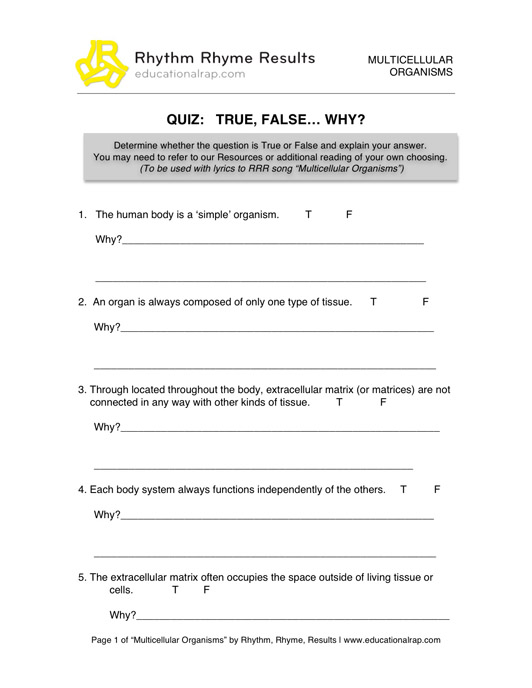



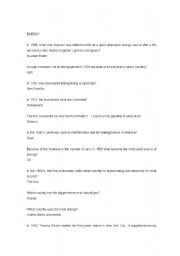
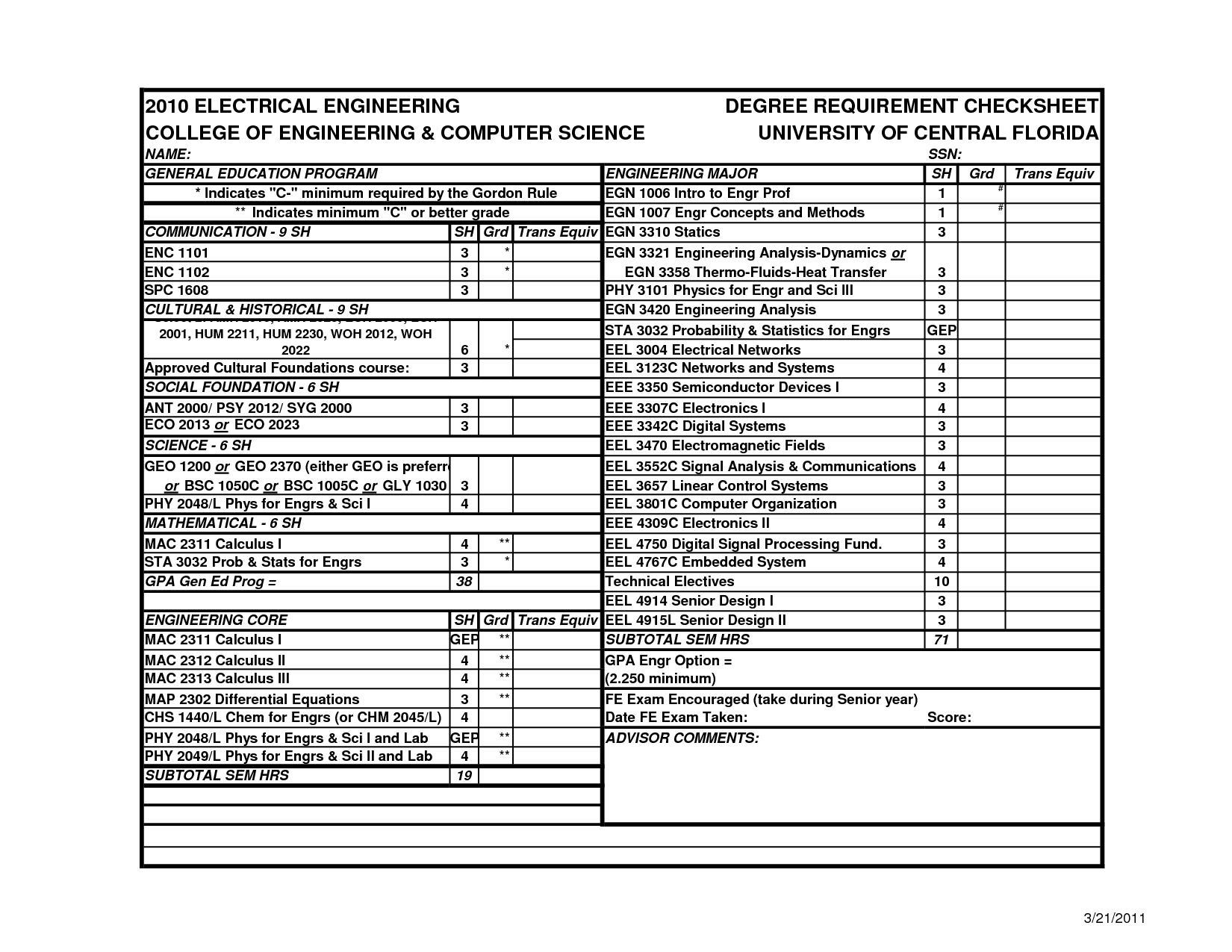
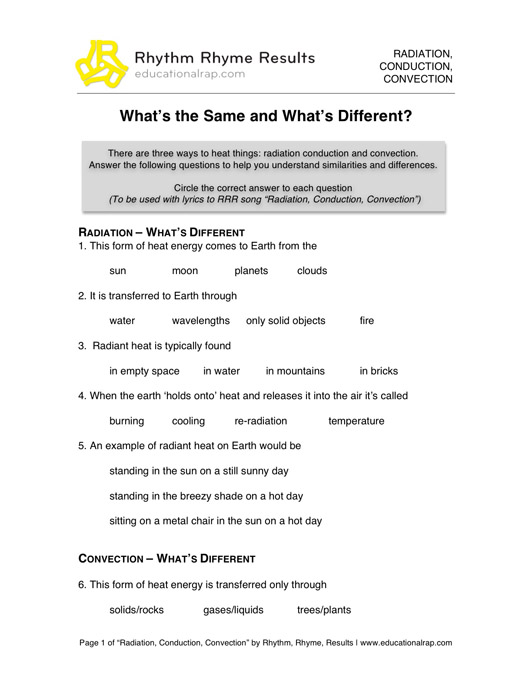
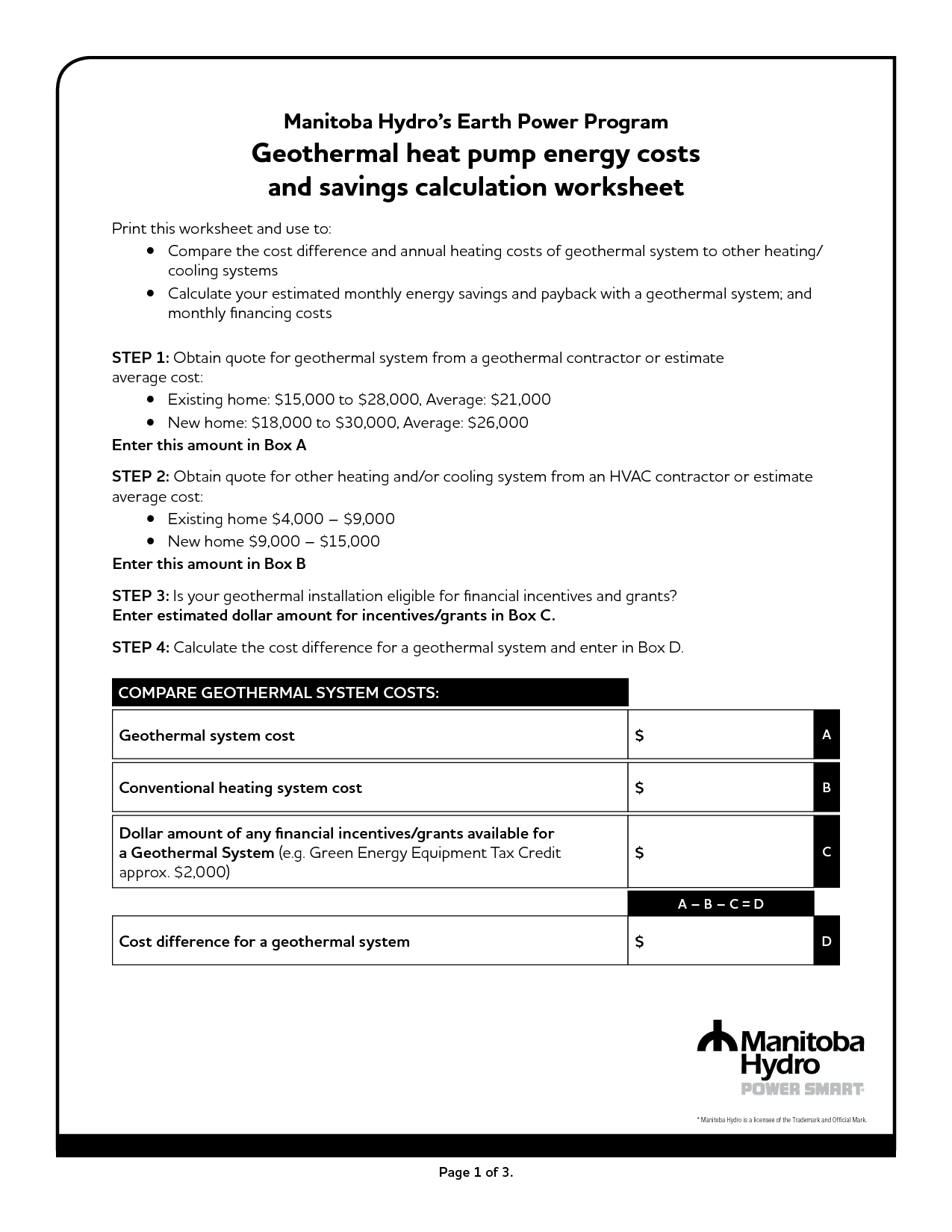
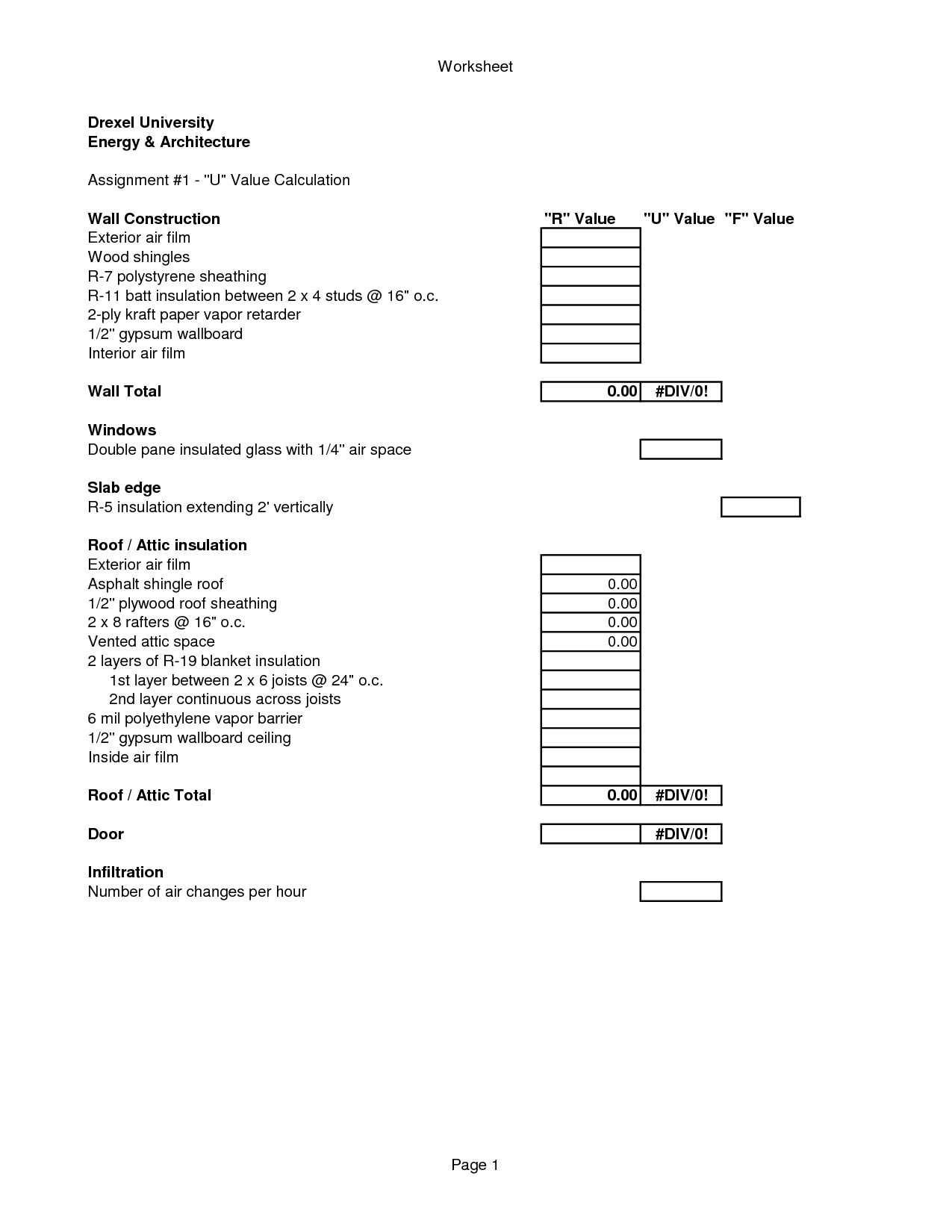
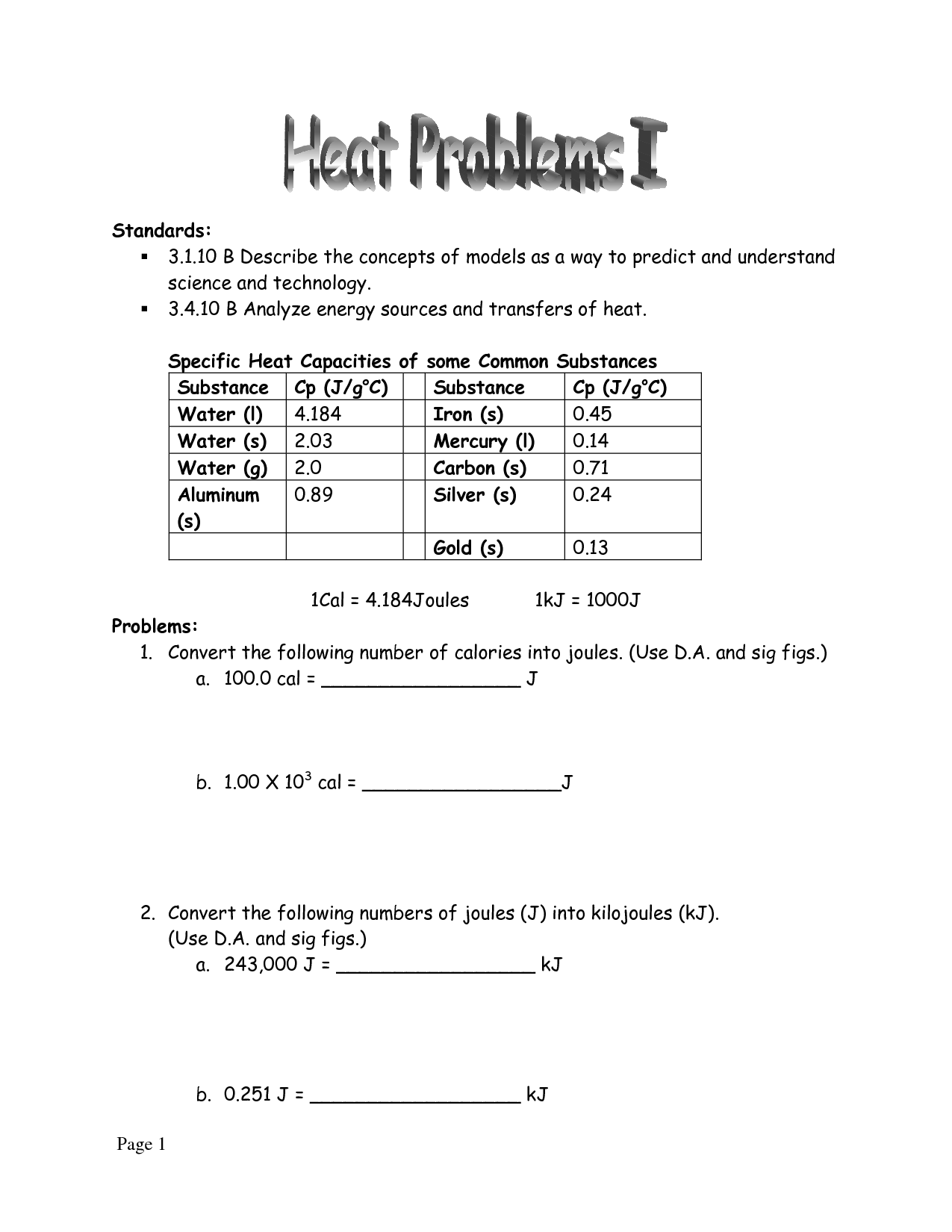
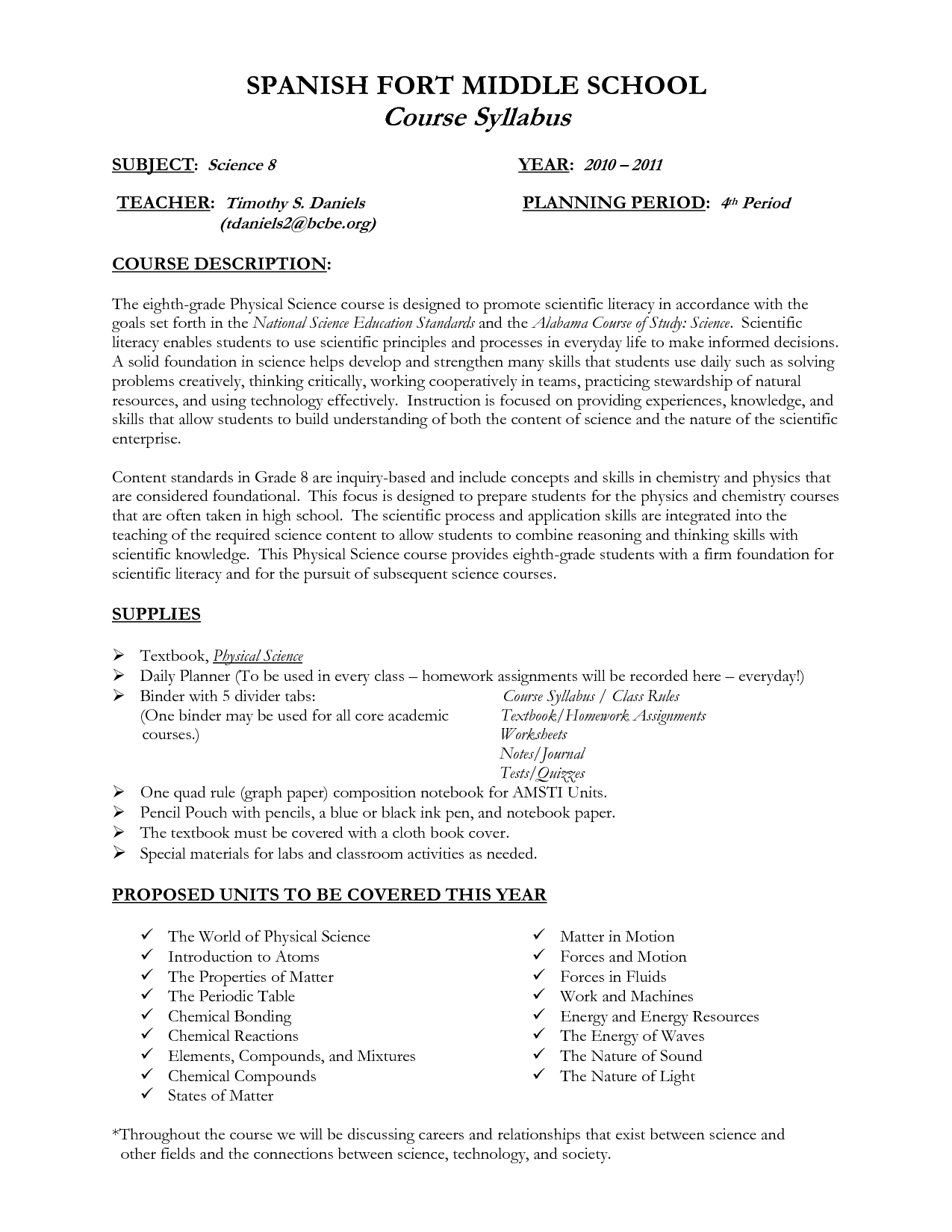














Comments